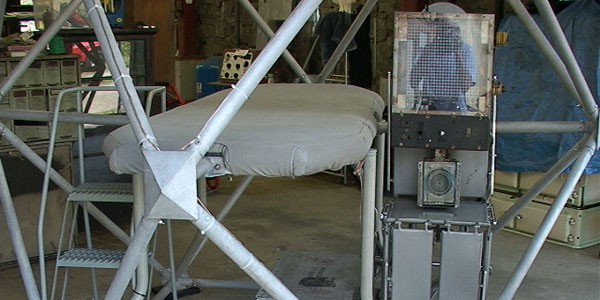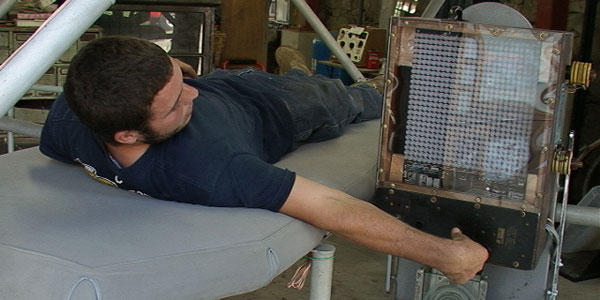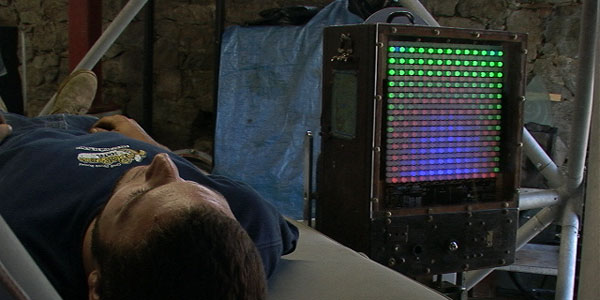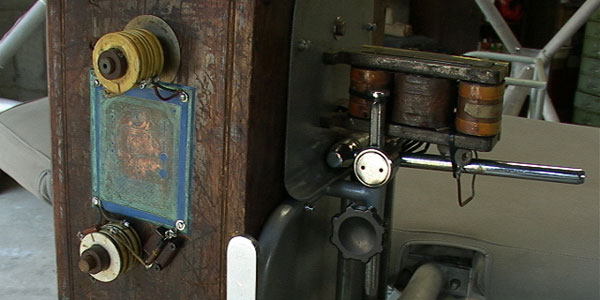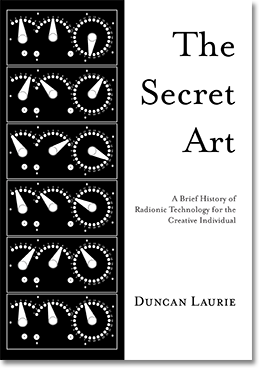 Bark beetles' song could save forests
Bark beetles' song could save forests
Researchers at Northern Arizona University think they may have found an environmentally safe and readily available weapon against the tree-eating armies of bark beetles.
...the beetles were exposed to digitally altered recordings of their own calls, the sounds they make to attract or repel other beetles. The response was immediate. The beetles stopped mating or burrowing. Some fled, helter-skelter. Some violently attacked each other.
Our interest is to use acoustic sounds, specific only to each species, that make beetles uncomfortable and not want to be in that environment.
— NAU Forest Entomology Professor Dr. Richard Hofstetter.
(Via BLDGBLOG)

